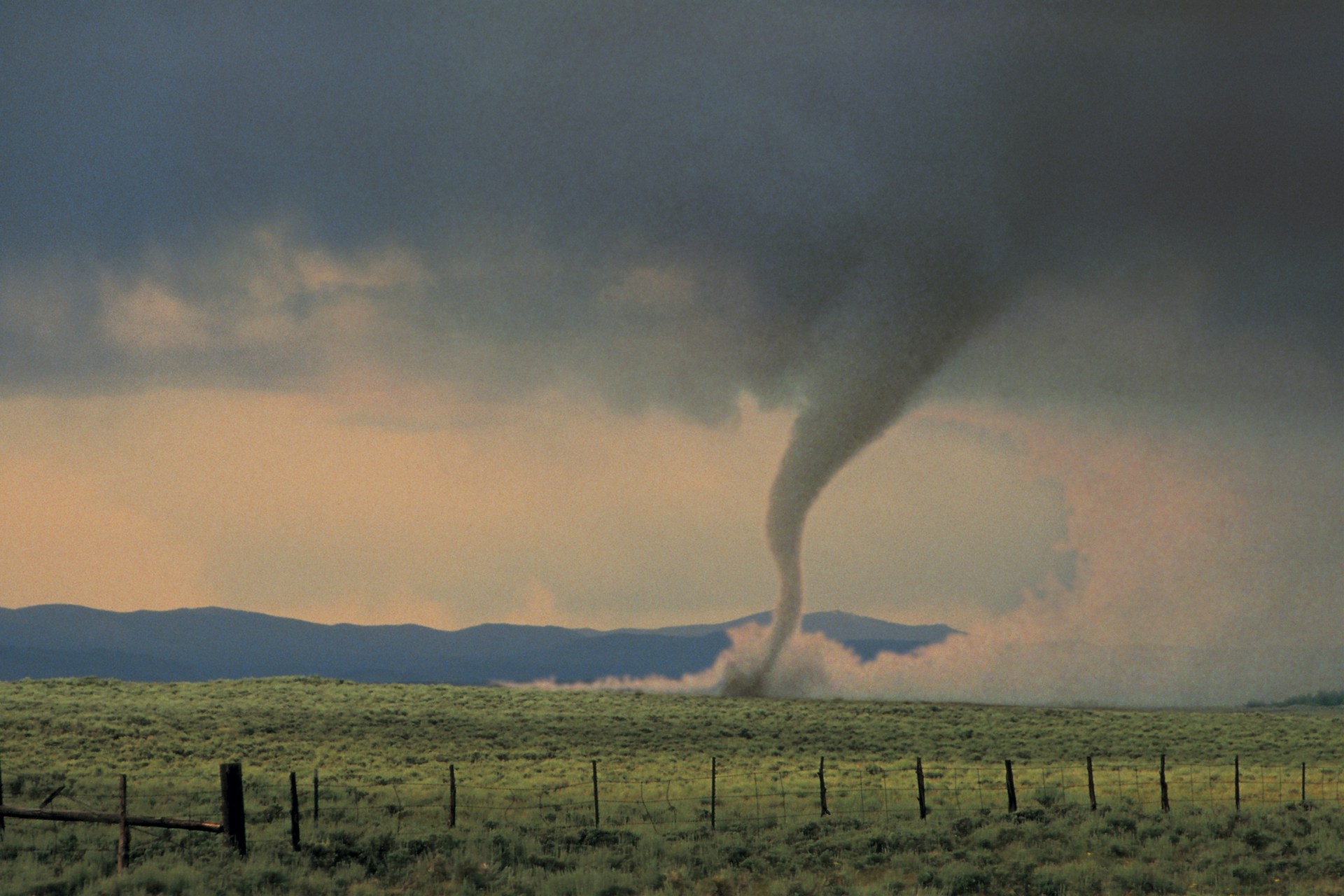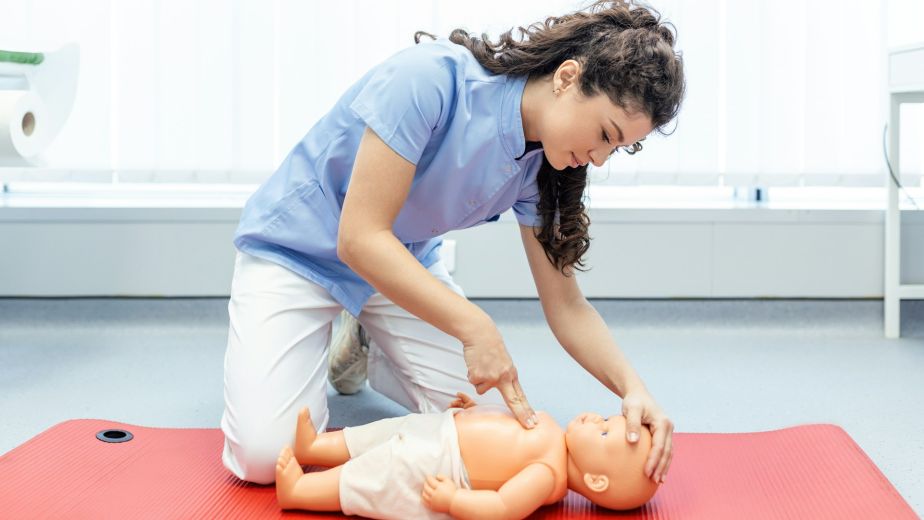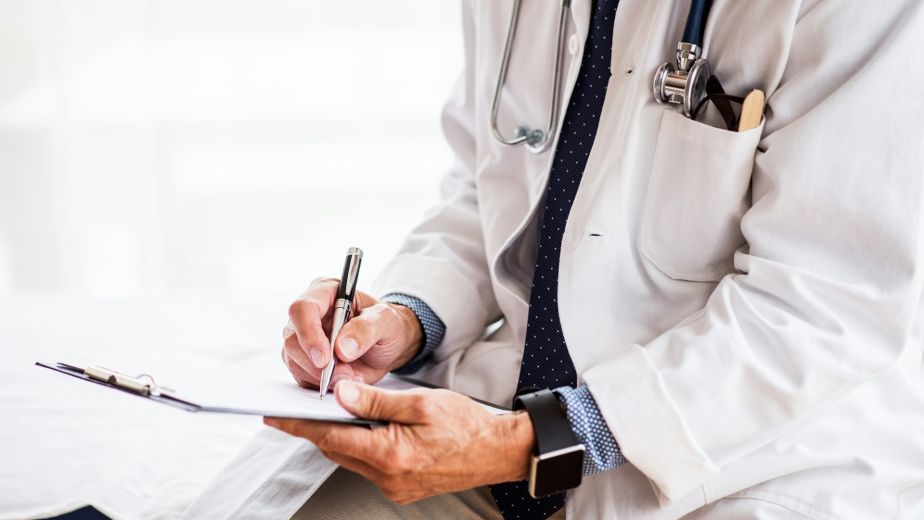Last Tuesday, 3 AM. Guy comes in with his arm looking like ground beef—caught in collapsed garage door frame during that 5.2 tremor we had. His wife’s standing there with a kitchen towel pressed against it, both of them covered in drywall dust, and she goes, “We had a first aid kit, but…”
But.
Always with the ‘but.’
The kit had Band-Aids. Some expired Neosporin. Those useless butterfly closures that wouldn’t hold a paper cut closed on a sweaty day. Nothing—and I mean nothing—that could handle what was actively trying to bleed out on my trauma bay floor.
Look, I’ve been doing this for fifteen years. Started in Detroit, moved out here to California thinking earthquakes would be a nice change from gunshot wounds (spoiler alert: they’re not). And after seeing thousands of disaster victims roll through those automatic doors, I can tell you this: Your cute little first aid kit from Costco? The one with the cartoon band-aids and the thermometer you’ve never figured out how to use? It’s going to get people killed.
The Reality Check You Didn't Ask For
Here’s what nobody tells you about disasters—they don’t give a damn about your Amazon Prime membership. When the big one hits (earthquake, wildfire, hurricane, pick your regional poison), you’re not getting an ambulance. Hell, you might not even get cell service. That infection that would’ve been a simple course of antibiotics? Now it’s sepsis. That burn that needed proper dressing? Welcome to your new friend, secondary infection with a side of scarring that’ll make you look like Freddy Krueger’s cousin.
I’m not trying to scare you. (Okay, maybe a little. Fear’s a great motivator.) But after Hurricane Katrina, after Paradise burned, after every major earthquake from Northridge to Napa—we see the same thing. People die from preventable complications because they treated disaster prep like they were packing for a camping trip.
So let’s fix that. Let’s build something that’ll actually keep you and yours alive when everything goes sideways. Not a first aid kit—a legitimate medical response system that accounts for the specific hell each type of disaster brings to the party.
The Universal Core: What Every Kit Needs (No Matter What Fresh Hell Awaits)
Before we get into the disaster-specific modules, let’s talk about the foundation. These are your non-negotiables, the stuff that needs to be in your kit whether you’re worried about earthquakes, floods, or the inevitable zombie apocalypse (kidding—zombies would be easier to treat than flood victims).
Wound Management Arsenal:
- Sterile saline for irrigation (minimum 6 liters—yes, liters, not those pathetic little packets)
- Israeli bandages (4-6 of them, different sizes)
- Hemostatic gauze (QuikClot or Celox—the real stuff, not the consumer garbage)
- Chest seals (yes, plural—entrance and exit wounds are a thing)
- CAT tourniquets (minimum 4—one for each limb, because Murphy’s Law is real)
- Trauma shears (the good ones that’ll cut through leather)
- Skin staplers with removal kit
- Suture kit (if you know how to use it—if not, stick with Steri-Strips)
Medication Must-Haves: Here’s where it gets tricky. I’m going to list what you need, but getting some of this requires having a conversation with your doctor. A real conversation, not a “hey doc, can you write me a script?” drive-by at your annual physical.
- Broad-spectrum antibiotics (Augmentin, Doxycycline, Ciprofloxacin)
- Strong pain management (Tramadol minimum, though good luck getting anything stronger these days)
- Anti-inflammatories (Prescription-strength ibuprofen, oral steroids)
- Antihistamines (Diphenhydramine, plus EpiPens if anyone’s allergic to anything)
- Anti-diarrheal and anti-nausea meds (because dehydration kills faster than you’d think)
- Prescription eye drops (antibiotic and steroid combo)
The Boring Stuff That’ll Save Your Life:
- Blood pressure cuff and stethoscope (learn to use them NOW)
- Pulse oximeter (COVID taught us these are worth their weight in gold)
- Thermometer (multiple—they break)
- Blood glucose meter with strips
- Headlamp with red light option (try starting an IV by candlelight—I dare you)
- Waterproof markers for triage notes
- Duct tape (medical and regular—yes, there’s a difference)
The Earthquake Module: When the Ground Betrays You
Earthquakes are special. They’re not content to just shake things up—they create a perfect storm of crush injuries, lacerations from broken glass, and my personal favorite: people who think they can lift fallen beams off their loved ones and end up with compression fractures.
You know what we see most after earthquakes? It’s not the dramatic trapped-under-rubble scenarios (though those happen). It’s the walking wounded who stepped on glass, got clipped by falling objects, or tried to run during the shaking and ate pavement. Then there’s the fun secondary wave: infections from dirty wounds, complications from untreated fractures, and crush syndrome in people who were trapped for hours.
Earthquake-Specific Additions:
- SAM splints (at least 6—they’re multi-use and lightweight)
- Elastic wraps, all sizes (boxes of them)
- Triangular bandages for slings
- Extensive gauze padding for splinting
- Calcium chloride or calcium gluconate (for crush syndrome—talk to your doctor)
- Extra irrigation supplies (earthquake wounds are filthy)
- Surgical scrub brushes
- Magnifying glass with light (for finding glass shards—trust me on this)
- Dedicated sharps container (you’ll be pulling a lot of debris out of people)
The thing about earthquake injuries—they’re dirty. Not just “oh, I got some dirt in it” dirty. We’re talking ground-in contamination with whatever was on that collapsed wall, plus usually some bonus glass or metal shards. Every earthquake wound needs to be assumed contaminated with tetanus. (You’re up to date on your tetanus shot, right? Right??)
And about crush syndrome—this is the one that kills people days after they’re rescued. When muscle tissue gets crushed for hours, it releases all kinds of fun toxins. When circulation is restored, those toxins flood the system and can cause kidney failure. If someone’s been trapped for more than an hour, they need IV fluids before extraction, ideally with sodium bicarbonate. Can’t do IVs? At minimum, you need oral rehydration salts and a way to monitor urine output. Dark brown urine = kidneys failing = you better have a plan to get them to whatever’s left of the medical system.
The Wildfire Module: When the Air Itself Tries to Kill You
Wildfires. Jesus Christ, wildfires. I worked the Camp Fire response, and let me tell you something—burns are just the opening act. The real show is respiratory damage, carbon monoxide poisoning, and the absolute destruction that superheated air does to mucous membranes.
People think fire injuries are just about burns. Nope. It’s the smoke inhalation that gets you—turns your lungs into Swiss cheese, causes swelling that closes airways, and deposits so much particulate matter that you’re basically breathing through a clogged filter. And that’s before we talk about the toxic chemicals released when houses burn. Modern homes are basically chemical weapons when they combust.
Wildfire-Specific Additions:
- P100 respirators with multiple filter sets (N95s are the minimum, P100s are what you actually need)
- Extensive burn care supplies:
- Water-Jel burn dressings (cases of them—various sizes)
- Silver sulfadiazine cream (prescription—get it)
- Non-adherent dressings (boxes and boxes)
- Burn sheets (the real ones, not space blankets)
- Eye irrigation system (not just drops—full irrigation)
- Prescription eye drops (antibiotic and steroid combinations)
- Albuterol inhalers (even if no one has asthma—smoke changes that)
- Oral and IV steroids (for airway swelling)
- Carbon monoxide detector (portable)
- Oxygen concentrator or tanks if possible (I know, I know—but if you can swing it…)
Here’s the thing about burns nobody mentions: they hurt like nothing else on this earth, they get infected at the drop of a hat, and they need dressing changes that’ll make grown adults cry. Water-Jel is your friend for the initial treatment, but you need to transition to silver sulfadiazine within 24 hours for anything more than superficial burns. And those dressing changes? Plan on using 3-4 times the supplies you think you need. Burns weep. A lot.
Also—and I cannot stress this enough—never put ice on a burn. NEVER. I don’t care what your grandmother told you. Ice causes vasoconstriction, which further damages tissue. Cool (not cold) water only, and only for the first 10-15 minutes.
The Flood/Hurricane Module: When Water Becomes the Enemy
Flood injuries are insidious bastards. It’s not just about drowning (though that’s obviously problematic). It’s about what’s IN that water. Sewage, chemicals, dead animals, industrial runoff—flood water is basically a bacterial soup with a side of hepatitis.
I worked post-Katrina, and the infections we saw… Christ. Vibrio vulnificus (flesh-eating bacteria for the uninitiated), leptospirosis, norovirus, and every fungal infection known to man. Plus, people wade through this toxic soup with open wounds, then wonder why their leg turns black three days later.
Flood/Hurricane-Specific Additions:
- Water purification system (tablets, filters, AND boiling capability)
- Extensive wound cleaning supplies:
- Betadine solution (bottles of it)
- Hibiclens (chlorhexidine gluconate)
- Sterile brushes for debriding
- Antifungal medications (oral and topical—fluconazole, miconazole)
- Specific antibiotics for waterborne pathogens (doxycycline covers most, but ciprofloxacin for severe GI issues)
- Oral rehydration salts (cases—everyone gets diarrhea)
- Anti-diarrheal medications (loperamide in bulk)
- Dry bags for keeping supplies actually dry
- Waterproof bandaging systems
- Mosquito netting and DEET (standing water = mosquito paradise = disease vectors)
The rule with flood wounds: if it touched flood water, it’s infected. Period. Doesn’t matter if it looks fine. Aggressive cleaning, prophylactic antibiotics, and obsessive monitoring. That tiny scratch on your shin can turn into necrotizing fasciitis faster than you can say “but it was just a little cut.”
And let’s talk about foot rot—yeah, that’s a thing. Prolonged exposure to contaminated water causes breakdown of skin integrity. Starts as maceration (fancy word for waterlogged), progresses to infection, ends with amputation if you’re not careful. Change socks obsessively, dry feet completely, and use antifungal powder like it’s your religion.
The Logistics Nobody Talks About
Having the supplies is only half the battle. Organization and accessibility are what separate the prepared from the dead. Your kit needs to be:
Organized: Everything labeled, categorized by use-case, with an inventory list that’s updated every six months. I use a tackle box system—clear boxes, labeled, with printed cards showing contents and expiration dates.
Distributed: One main kit is stupid. When the earthquake hits and your house pancakes, that perfectly organized kit under the rubble isn’t helping anyone. Multiple smaller kits: car, office, shed, with a relative across town.
Rotated: Medications expire. So do sterile supplies once humidity gets to them. Every six months, you’re checking dates, rotating stock, replacing anything questionable. Set phone reminders. Make it a ritual. First Saturday in May and November, I check my kits while drinking coffee and questioning my life choices.
Protected: Waterproof containers inside waterproof bags inside waterproof cases. Sounds excessive until your house floods and everything you own is soup. Plus, temperature-stable storage for medications—some antibiotics become toxic when they degrade.
Accessible: If you can’t get to it in the dark, while panicked, possibly injured, it’s useless. External storage, multiple access points, glow-in-the-dark labels. And for the love of all that’s holy, tell other people where it is and how to use it.
Training: Because Supplies Without Skills Kill People
I’m going to be brutal here: If you don’t know how to use it, don’t include it. That suture kit looks super prepared until you’re trying to YouTube “how to suture” by candlelight while someone bleeds out. Take classes. Real classes, not online videos.
Minimum Training Requirements:
- CPR/AED certification (renewal every two years)
- Stop the Bleed course (tourniquets save lives, but only if applied correctly)
- Wilderness First Responder if you can swing it
- Basic wound care and infection recognition
- Medication administration and dosing
Practice scenarios. Make your family practice. “Okay kids, Dad’s unconscious, Mom’s arm is bleeding, and the phones don’t work—what do you do?” They’ll hate you for it until the day it saves their lives.
The Uncomfortable Truths
Here’s what I haven’t told you yet—the stuff that keeps me up at night after bad shifts.
Sometimes, despite everything, people die. Your perfect kit, your training, your preparation—sometimes it’s not enough. Sepsis sets in too fast. The injury’s too severe. The hospital’s too far away or doesn’t exist anymore. You need to be psychologically prepared for that reality.
Triage is real. In a mass casualty event, you might have to choose who gets the antibiotics. Who gets the pain meds. Who gets your time. Black tags are a thing—patients who are going to die regardless of intervention. If you’ve never had to make that call, pray you never do. But be prepared that you might.
And here’s the really hard truth—the one that makes me pour an extra finger of whiskey some nights:
Most people aren’t preparing at all. Your neighbors, your coworkers, that nice family down the street—when disaster hits, they become your responsibility too. Because what are you going to do, watch the kid next door die from an infected wound while you’re sitting on boxes of antibiotics?
So yeah, buy extra. Buy more than you think you need. Because when it all goes to hell, you’re not just prepping for your family. You’re prepping for every desperate parent who shows up at your door because word got out that you know what you’re doing.
The Part Where I Stop Being a Cynical Bitch for a Minute
Look, I know I’ve been harsh. I know this sounds overwhelming, expensive, maybe even paranoid. But here’s the thing—and I mean this with every fiber of my exhausted, jaded, seen-too-much being:
I care whether you live or die.
I’ve held too many hands of people who didn’t make it. Delivered too many “I’m sorry, we did everything we could” speeches to families. Watched too many preventable deaths because someone, somewhere, didn’t take this seriously enough.
Every supply I’ve listed, every skill I’ve pushed you to learn—it’s all because I’ve seen what happens without them. That father who bled out from a leg wound because nobody knew to use a tourniquet? His kids grow up without him. The grandmother who died from infection three days after the hurricane because she couldn’t get antibiotics? Her family has that hole forever.
This isn’t about being a prepper or a survivalist or whatever label makes you comfortable. This is about being the person who can help when help isn’t coming. It’s about looking at your loved ones and saying, “I’ve got you,” and actually meaning it. Actually being capable of backing it up.
So build your kit. Take the classes. Have the hard conversations with your doctor about prescription medications. Practice until your hands know what to do without your brain having to think about it. Not because you’re paranoid, but because you’re responsible. Because you give a damn.
Because when your moment comes—and statistics say it will—you want to be the person who saves lives, not the person desperately wishing they’d listened to that bitter ER nurse who wouldn’t shut up about proper disaster prep.
Now get to work. Natural selection’s coming, and I’d rather not see you in my trauma bay.
Or worse—not see you at all because you didn’t make it that far.
Build your own All-Hazards Medical Kit today. Use our interactive checklist at BlackoutMedical.com to ensure you haven’t missed a single critical item. Because when disaster strikes, the life you save might be your own—or someone you can’t imagine living without.




